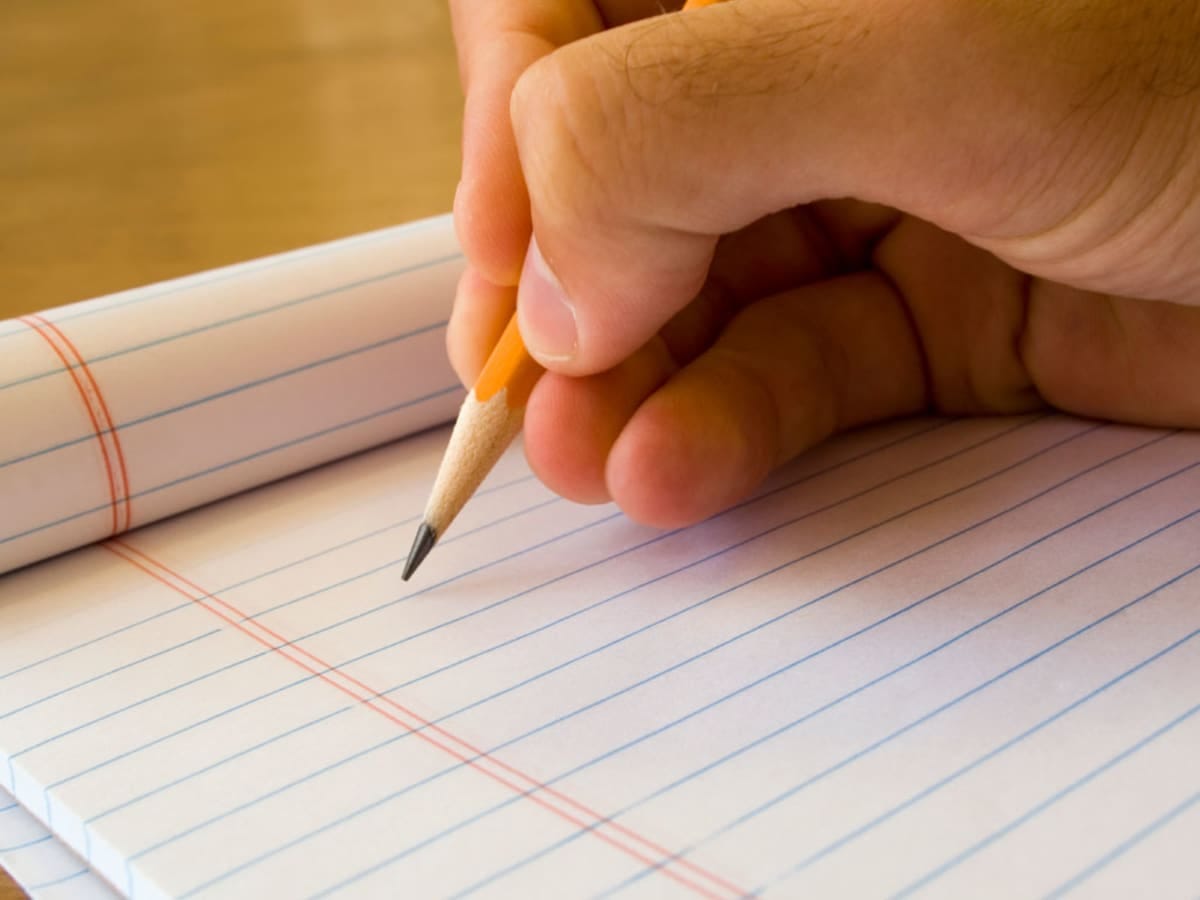I’ve been noticing something recently. Something obvious, I guess, but it’s somehow eluded me these past three dozen years:
Here on earth, it seems there’s a near universal law: every action — each small touch or move or change — is announced by some sort of sound.
Listen! Even here, in the quite back room of a coffee shop: hear the cacophony! A barista grabs a mug (clank), the person to my left adjusts in her seat (creak), and turns a page (flutter), the person to my right scratches his cheek (what word do you even use for that?). Have you noticed how cheek scratching sounds different than head scratching?
I recently attended a workshop called “Everything is Music” (with the awesome Sue Demel of the Sons of the Never Wrong), during which where we were invited to hear all around us.
In the workshop Sue drew our attention to the work and writing of experimental composer John Cage, and his best known piece 4’33”, where performers sit still and do not play throughout its “three movements.”
The butt of many a joke, I’ve long understood this piece as crazy — somewhat nonsensical. But as we studied the piece again, things slowly started to click for me.
I begin to see: silence is rarely silent. Cage writes that musical rests, or silences, open “the doors of the music to the sounds that happen to be in that environment. There is always something to see, something to hear.”
4’33” is uncomfortable. I listened to a performance by the Berlin Philharmonic. You can hear the discomfort. Thoughts swirling. The shift of clothing, a foot stamp, a small cough.
Yet in his lecture “The Future of Music,” Cage invites us to be fearless in this potentially disturbing environment, to turn not just toward the sounds we intend, but those other sounds around us, those we do not intend.
Cage suggests that this turning — a relinquishment — moves us, from control to participation, from self to surrounding, from human to nature: “gradually or suddenly, one sees that humanity and nature, not separate, are in this world together; that nothing was lost when everything was given away. In fact, everything is gained.”
I listen to 4’33” again. I still hear the discomfort, but I begin to hear more.
I feel like my ears are opening to a whole new palate of flavors. Of hums and scratches and taps and clinks, yes. But also, have you heard the musical tones of bunnies hopping through city grass at night? Of the gentle nuzzle of nose to a lover’s cheek? Of the tension held in my fearful, tired shoulders released as I slowly learn to listen — to turn?
What is the sound, I wonder, of our world as it turns?
During the workshop we were asked to identify and listen to an indoor sound, and then an outdoor sound. We were asked to write about each sound for at least 5 minutes. And then, scarily, to shape, in just a few minutes, what we heard into a poem. An instructive, if difficult, exercise.
Below is what I came up with. The poem, I think, is probably best experienced interactively, with props. Find a pencil, a pen, some scrap paper and a few blades of grass. Sit in a place of relative quiet.
Then, as you read, do as the poem suggests. As you move through the first stanzas, scribble with your pencil. Listen. When indicated, rip the grass. For the final stanza pick up your pen, and continue where your pencil left off.
As I write my story I switch to a pencil: louder, so I might catch its song. But so much works to drown it out — so I write harder, like the ripping of grass. But I prefer the softer sound of a pen flowing cursive, like the flap of a butterfly's wings.
In all the uproar of daily life, I’m thankful, today, for sound.




